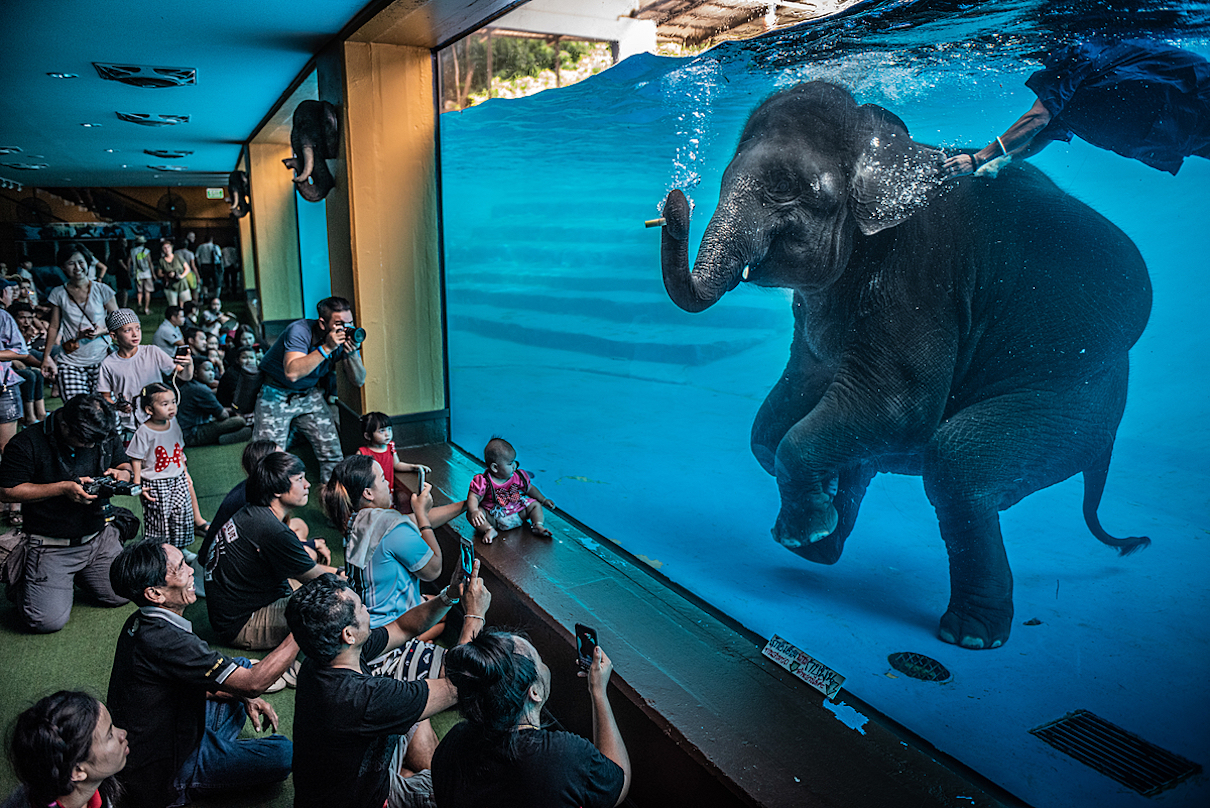
Many of us love animals. At least, we think we do. We may serve our cats gourmet food and let them sleep in our beds. We may buy our dogs expensive squeaky toys and take them on vacations with us. But the love we have for our pets doesn’t always translate to the pigs, chickens and fish that end up on our plates, or the cows used to make our shoes or belts. Why is this?
The book How to Love Animals in a Human-Shaped World by British writer Henry Mance explores this conundrum: Why do we love some animals but not others? The first chapter takes a hard look at one of the most obvious places for humanity’s strained relationship with animals: factory farms. Mance, who converted from vegetarianism to veganism while writing the book, got a job at an abattoir to learn the true reality of what it takes for meat, milk and eggs to end up on our dinner tables. “[O]ccasionally I would look up and see animals being killed, and I would just think, ‘Why do we think this is necessary?’” Mance told Mongabay. “If this were essential for human culture to exist, then maybe there is a justification. But what I realized at the abattoir is … how much power we have over other animals’ lives and how unthinkingly we wield it.” Mance also briefly worked at a “good pig farm” to see if the argument of only buying “good meat” stands up to scrutiny. But after scooping up dead piglets from straw-filled sheds, he concluded that it really doesn’t.
Despite the book’s title, much of the text illustrates a very troubled, unloving relationship between humans and animals, not only in the livestock and fishing sectors, but in our treatment of captive animals in laboratories and zoos and our encroachment on the natural world. Other parts look at what might seem to be more positive aspects of the human-animal relationship, such as our love of dogs. But even here, there is a dark side in the way we overbreed our canine companions to have certain looks or personality traits […]
Read more in Mongabay.